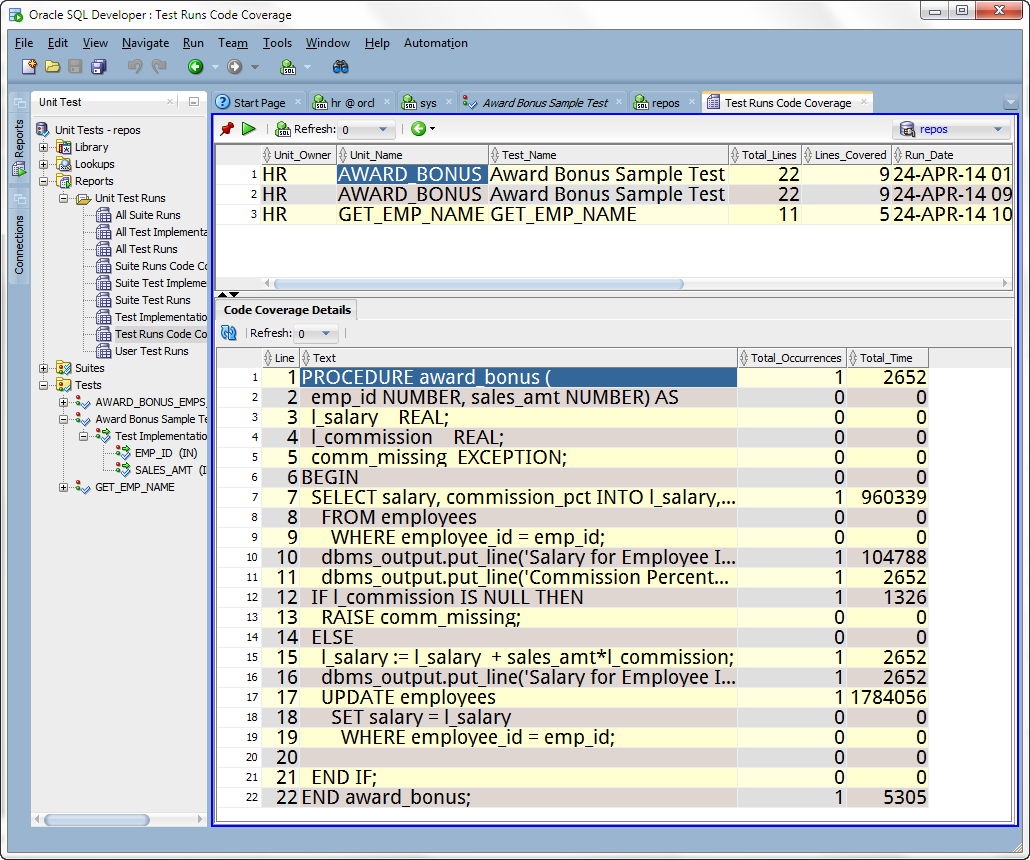
Using NULL-Related Functions in Queries.The group of rows can be an entire table or view. Each datetime function returns a single value for each row that is evaluated.Ĭonversion functions convert one data type to another.Īn aggregate function takes a group of rows and returns a single result row. Each character function returns a single value for each row that is evaluated.ĭatetime functions operate on DATE, time stamp, and interval values. Most return character values, but some return numeric values. You can use this operator to combine information from two columns or expressions in the same column of a query result.Ĭharacter functions accept character input. The concatenation operator ( ||) combines two strings into one string, by appending the second string to the first. Using the Concatenation Operator in Queries.Each numeric function returns a single value for each row that is evaluated. Numeric functions accept numeric input and return numeric values. The basic arithmetic operators-+ (addition), - (subtraction), * (multiplication), and / (division)-operate on column values. To make queries that use qualified column names more readable, use table aliases, as in the following example: SELECT FIRST_NAME "First",Īlthough you create the aliases in the FROM clause, you can use them earlier in the query, as in the following example: WHERE EMPLOYEES.DEPARTMENT_ID = DEPARTMENTS.DEPARTMENT_ID The following query is equivalent to the query in Example 2-12: Table-name qualifiers are optional for column names that appear in only one table of a join, but are required for column names that appear in both tables. FIRST_NAME and LAST_NAME are in the EMPLOYEES table, and DEPARTMENT_NAME is in the DEPARTMENTS table. Suppose that you want to select the FIRST_NAME, LAST_NAME, and DEPARTMENT_NAME of every employee. The SQL expressions are evaluated, and their values appear in the results of the query. These operators and functions can have table data as operands and arguments. The select_list of a query can include SQL expressions, which can include SQL operators and SQL functions. Using Operators and Functions in Queries.The tables in a join must share at least one column name. To select data from multiple tables, you use a query that is called a join. When query results are displayed, records can be in any order, unless you specify their order with the ORDER BY clause.

To select only data that matches a specified condition, include the WHERE clause in the SELECT statement.

To display a column under a new heading, specify the new heading ( alias) immediately after the column name. In displayed query results, default column headings are column names. Displaying Selected Columns Under New Headings.
#ORACLE SQL DEVELOPER TUTORIAL HOW TO#
This tutorial shows how to select only the columns FIRST_NAME, LAST_NAME, and DEPARTMENT_ID of the EMPLOYEES table.
#ORACLE SQL DEVELOPER TUTORIAL PASSWORD#
Near the Password field is the check box Save Password. Type the appropriate values in the fields Connection Name, Username, and Password.įor security, the password characters that you type appear as asterisks. In the New/Select Database Connection window: In the Connections frame, click the icon New Connection. Either type the path after the prompt or browse to it, and then press the key Enter. If this is the first time you have started SQL Developer on your system, you are prompted to enter the path to the Java Development Kit (JDK) installation (for example, C:\Program Files\Java\jdk1.8.0_65).

To connect to Oracle Database from SQL Developer:įor instructions, see Oracle SQL Developer User's Guide.


 0 kommentar(er)
0 kommentar(er)
